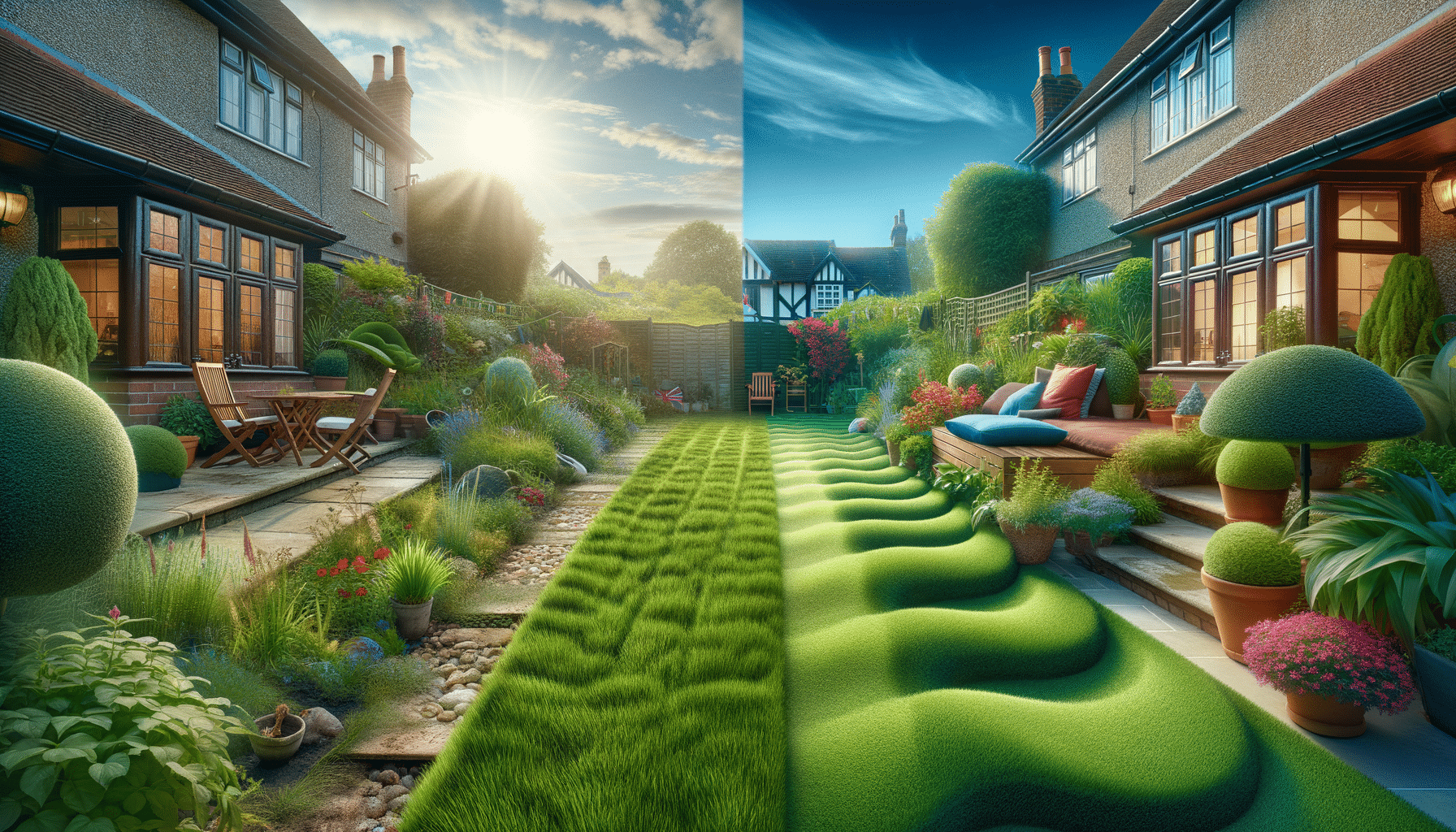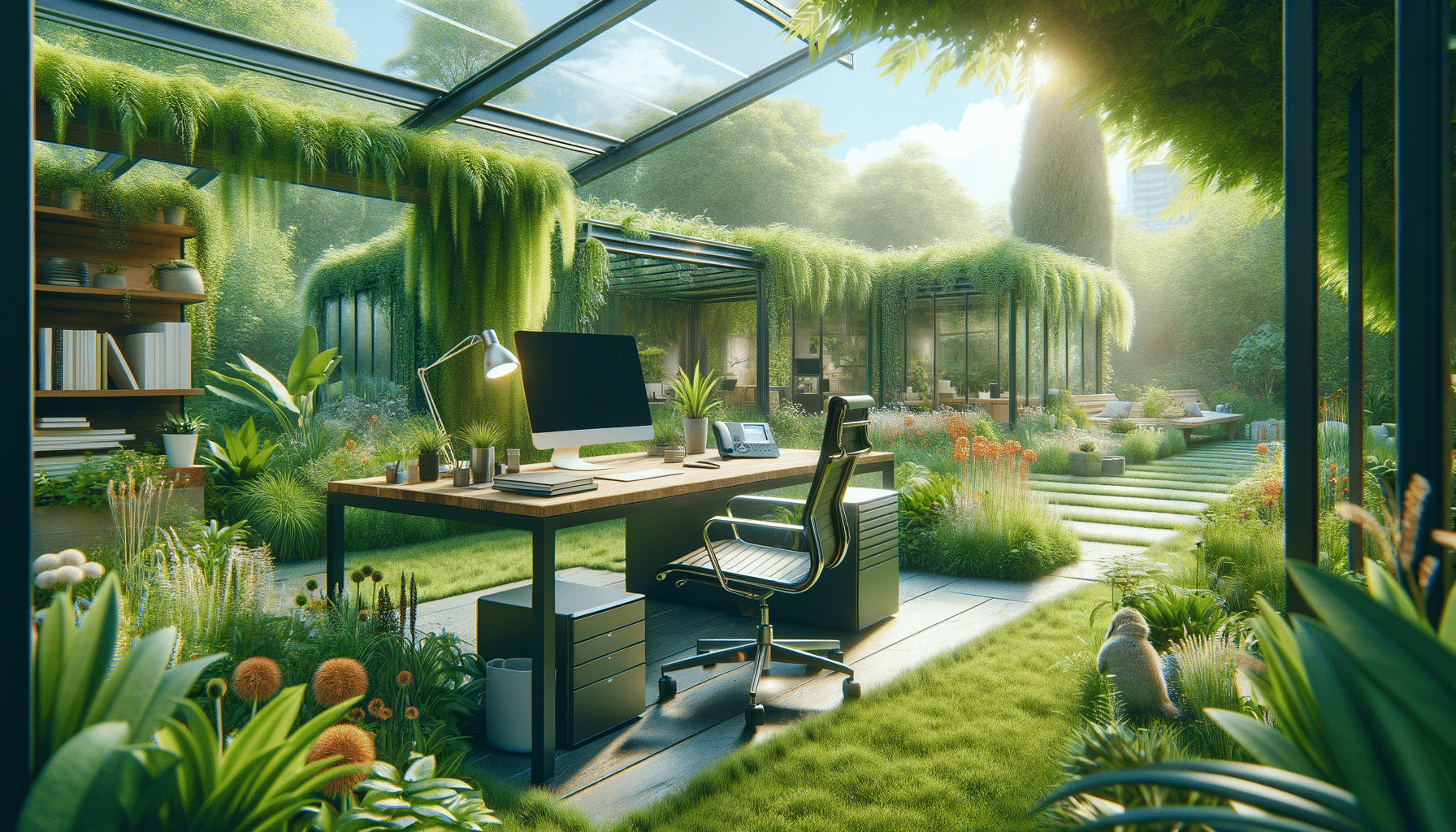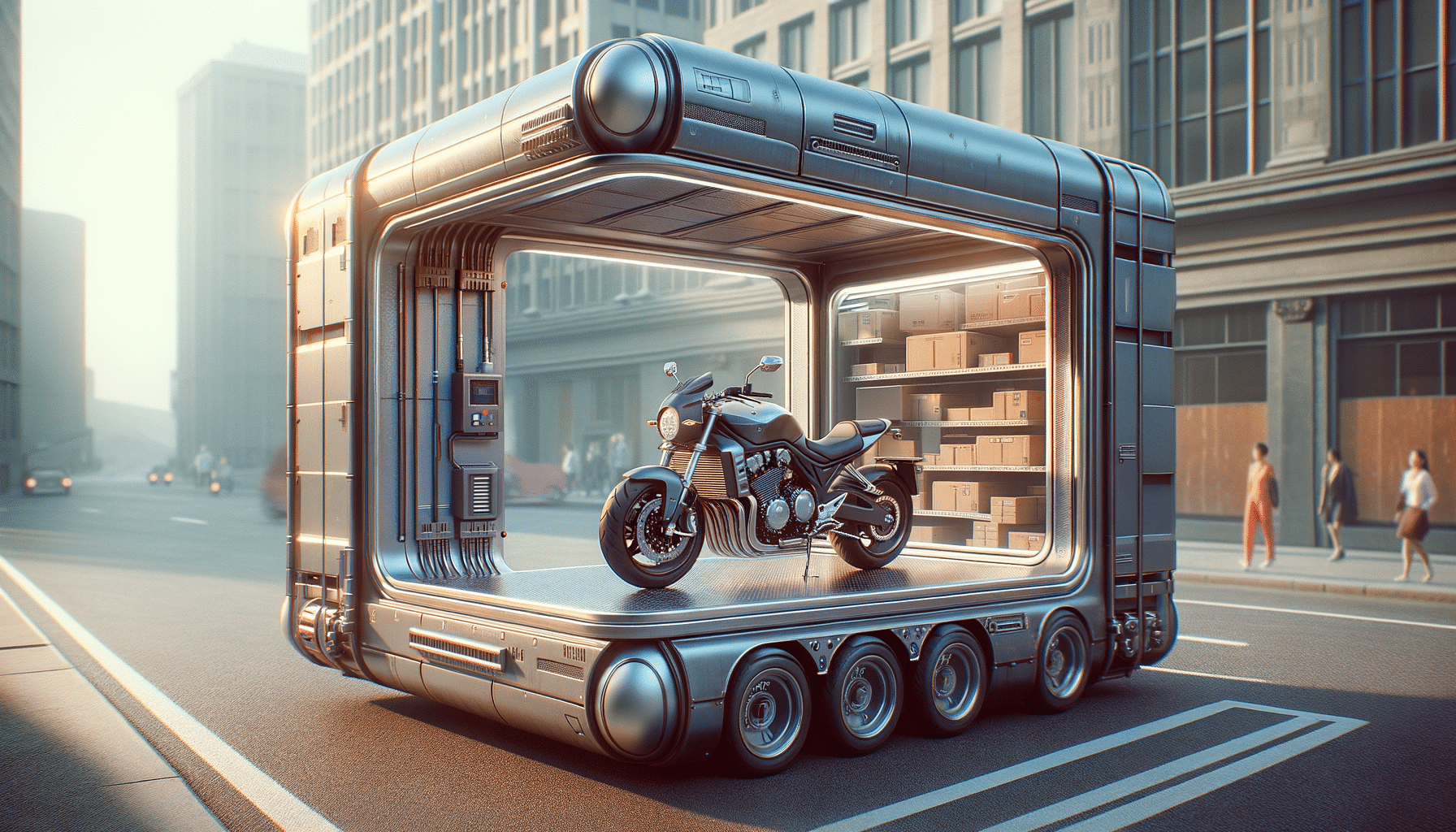
Transforming Spaces: The Rise of Artificial Grass in the UK
The Growing Popularity of Artificial Grass
In recent years, artificial grass has seen a surge in popularity across the UK, becoming a staple in both residential and commercial landscapes. This trend is driven by a combination of factors, including the desire for low-maintenance gardens, the unpredictable British weather, and a growing awareness of environmental concerns. Homeowners and businesses alike are turning to artificial grass as a solution to maintain visually appealing green spaces without the hassle of regular upkeep.
One of the key reasons for the rise in artificial grass usage is its practicality. Unlike natural grass, artificial turf does not require watering, mowing, or fertilizing, making it an attractive option for those who prefer a low-maintenance lifestyle. This is particularly appealing in urban areas where time and space are often limited. Additionally, artificial grass remains lush and green throughout the year, unaffected by seasonal changes or adverse weather conditions.
Moreover, the environmental benefits of artificial grass cannot be overlooked. By eliminating the need for watering, it conserves water—a crucial consideration in regions prone to drought. Furthermore, the absence of fertilizers and pesticides reduces chemical runoff, contributing to a healthier ecosystem. These factors, combined with advancements in technology that have made artificial grass more realistic and durable, have cemented its place as a popular choice for UK gardens.
Comparing Artificial and Natural Grass
When deciding between artificial and natural grass, several factors come into play, including cost, maintenance, and environmental impact. Natural grass, while traditional and often preferred for its authentic feel, requires significant upkeep. Regular mowing, watering, and fertilizing are necessary to maintain its appearance and health. This can be both time-consuming and costly, particularly during the growing season.
In contrast, artificial grass offers a more cost-effective solution over time. While the initial installation may be higher, the long-term savings in maintenance costs, such as water and lawn care products, can be substantial. Additionally, artificial grass does not suffer from wear and tear caused by heavy foot traffic or adverse weather, making it a durable option for high-use areas.
Environmental considerations are also crucial in this comparison. Natural grass contributes to carbon sequestration, improving air quality and supporting biodiversity. However, the chemicals used in its maintenance can have negative environmental effects. On the other hand, artificial grass eliminates the need for these chemicals, but its production and eventual disposal raise concerns about sustainability. Weighing these factors carefully is essential for making an informed decision that aligns with one’s values and needs.
Installation and Maintenance of Artificial Grass
Installing artificial grass involves several steps to ensure a smooth and long-lasting finish. The process begins with preparing the ground, which may involve removing existing vegetation and leveling the surface. A layer of crushed stone or sand is then added to provide a stable base, followed by a weed barrier to prevent unwanted growth.
Once the groundwork is complete, the artificial turf is laid out and secured in place. This often involves cutting the grass to fit the desired area and securing the edges with nails or adhesive. It’s crucial to ensure that the grass is laid in the same direction for a uniform appearance. After installation, infill materials such as sand or rubber granules are spread across the surface to help the blades stand upright and provide cushioning.
Maintenance of artificial grass is minimal compared to its natural counterpart. Regular brushing helps keep the blades upright and debris-free, while occasional rinsing with water can remove dust and dirt. It’s also advisable to check for any areas that may need re-securing or additional infill over time. With these simple steps, artificial grass can maintain its appearance and functionality for years.
Applications and Versatility of Artificial Grass
Artificial grass is not limited to traditional garden lawns; its versatility extends to various applications, enhancing both residential and commercial spaces. In urban settings, where green space is often at a premium, artificial grass offers a practical solution for rooftop gardens, balconies, and terraces. Its lightweight nature and ease of installation make it ideal for transforming these areas into lush, green retreats.
Commercial properties also benefit from the aesthetic appeal and durability of artificial grass. It is commonly used in hotel courtyards, office building landscapes, and public spaces to create inviting environments without the maintenance demands of natural grass. Additionally, sports facilities, including football pitches and golf courses, utilize artificial turf for its resilience and consistent playing surface.
Beyond these applications, artificial grass is increasingly being used in creative ways. From pet-friendly zones to children’s play areas, its soft yet durable surface is safe and comfortable for all ages. Designers and architects are also incorporating artificial grass into interior spaces, using it as a unique flooring option or wall covering, adding a touch of greenery to indoor environments.
The Future of Artificial Grass in the UK
As technology continues to advance, the future of artificial grass in the UK looks promising. Innovations in materials and manufacturing processes are making artificial turf more realistic, sustainable, and affordable. These developments are likely to drive further adoption across various sectors, from residential gardens to large-scale commercial projects.
Environmental considerations will play a significant role in shaping the future of artificial grass. Manufacturers are increasingly focusing on eco-friendly options, such as recyclable materials and production processes that reduce carbon footprints. This shift towards sustainability is expected to resonate with environmentally conscious consumers and businesses, further boosting the popularity of artificial grass.
In conclusion, artificial grass offers a practical and versatile solution for creating beautiful, low-maintenance green spaces in the UK. As the industry evolves, it will continue to adapt to the needs and preferences of its users, ensuring its relevance and appeal for years to come.

